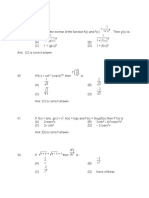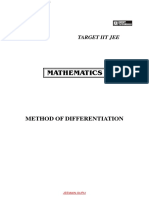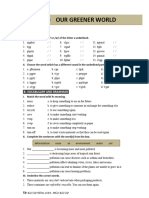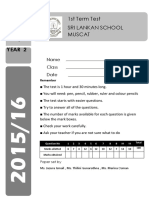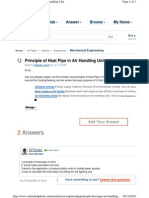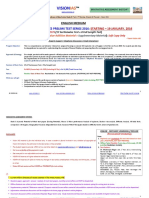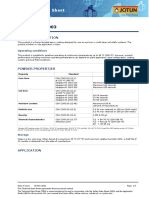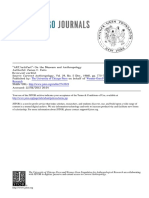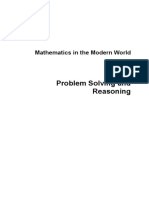EXERCISE-1 (Exercise for JEE Main)
rsINGLE C O R R E C T CHOICE TYPE]
Q.1 If fis twice differentiable such that f"(x) = -f(x), f(x) =g{«)
h'(x) [fx)] +[ec)]4
= and
h(0)= 2, h(1) =
thentheequation y=h(x) represents
(A) a curve of degree 2 (B) a curve passing throughtheoigin
-2.
(C) a straight line with slope 2 (D) a straightline with y intercept equal to
Let f(x)=LimSin(x+h)
x+h)-(sinxnx
Q,2 h-+0
then
h
(A) cqual to00 (B) equal tol ()n D) non existent
Supposef x ) = e* + ebx, where a b, and that f " ( ) - 2 f "- 1 5 f ( x ) = 0 for all x. Then
Q.3
the product ab is equal to
(A) 25 (B)9 C)-15 (D)-9
V u(x) 7.If( x )
04
Q.4 Letu)andvo)arediferentiablefuncions such that-7.I V) Pand pand/ q, then
has the value equal to
P-
AA)1 (B)0 C)7 (D)-7
Q.5 Afunctionisrepresentedparametricallyby theequations x= then then-x
has the value equal to
(A)2 B)0 (C)-1 (D)-2
If x=+t+5 dy
Q.6 ysint then d
(3t1 sint6t cost
(B)
3t+1 sint +6t cost
A)
3+1 sint+ 6t cost cost
C ) 1
Q.7 egstheinverse function of fand f() If g2)=a then g'2) is equal to
a10 D ) t a o
(B) C)
(A)10 a
� Q.8 The equation y-eY =
9e3.x defines y as a differentiable function of x. The value of dy for
x=-1 and y=3 is
15 9
(A)- )- (C)3 Pr15
Q.9 A non zero
polynomial with real coefficients has the property that
coefficient of f(x) is f(x)=fx) SThe léading
(A (B) )
18
2
Q.10 fy tan
Sin x
a+a2-1+cos x)where ae-)U(1,o)then equals
A) B)
)2 p)a
L i m + h ) n ( e + h )
Q.11 h-0
is
(A) 2 (B)1 (C)o D)non existent
Q.12 For the curve represented implicitly 3-21, the yalue of Lim
as
is
(A) equal to 1 (B)equalto0 (C) equal to log,3 D) non existent
Q.13 Let f(x) =
eanx
+n(secx+tan x)-x be a continuous function at x=0. The value of f(0)
tan x-x
equals
(A) (B) (C) D)2
Q.14 Ifthefunction f(x)=2-e and g ) = f ( ) , then the value of g"(1) isequalto
(A)-1 (B)0 e)1
Q.15 If=Px), is apolynomialof degree3,then 2 y equals
P(x).P"(x) (D) a constant
(A)P ) +P'(x) B) P" (x).P"(x) (C)
ax+2bx + c, then d'y equals
Q.16 If y at+2bt +c and t =
ix
(B)24 a (ax+b2 C)24 a(at+b)2 D)24 a(ax +b)
SA) 24 a2 (at +b)
� coSx sinx coSN
Q.17 Let f{x)= |cos2x sin2x 2cos2x| thenr(-
cos 3N sin 3x 3cos 38|
(A) 0 (B) - 12 (C)4 (D) 12
Q.18 Peoplc living at Mars, instead ofthe usual definitionof derivative Df), definea new kind ofderivative,
D N) by the fomula
D x ) - Lim(X+h)-f(x)
where f(x) means [f(x)]. Iffx)=x/nx then
D f(x) has the value
(A)e (B) 2e (C) 4e (D) 8e
Q.19 Limit a arc tan b b aretan- thevalucequal to
b
(A) (B) 0 (C)
(a-b) (D)b
3 6a'b2 3ab
d 2
Q.20 Let y= /n (1 + cos x)* then the value of y72 Cquals
4
(A)0 (B) +CoS (D)
((1+ cos x) (1+cos x)*
Q.21 If a curve isrepresentedparametricallyby the equations x=f() and y=g(t) then ay/dx
iscqual to (where f(t)*0. g')*0)
s'
(A) 1
B) r ro)
Q.22 Supposethe function f(X)-f(2x) has the derivative 5 at x= l and derivative 7 at x=2. The derivative
ofthe functionf(x) f(4x) at x= 1, has the value cqual to
KA)19 (B) 9 C)17 (D) 14
Q.23 The derivative ofthe function,
c
coso s P
13 (2 cosx 3sinx)+ (2 cosx+ 3sinx)w.t+ atxis
(A) (D) 0
2 3
� Sin X
Lim xe(0
Let f(x) ==
Given that 1]cos
Q24
x
True?
the following altermative is
Then which one of
discontinuityoffinite type at
x=
(A)x)has non-removable
atx=
(B)fx) has missing pointdiscontinuity
(C)fx)iscontinuous at x=
atx=
D)fx) bas
non-removable discontinuity ofinfinite type
to
derivative of sin with respectto cosI42atx=0 isequal
Q25 Left hand
D)non existent
(A)0 B)1
to
k= where k in terms of R alone is equal
(R>0) then
,.26 If x?+y2=R^ 1+Y
(B)-R (D)-R?
(A)R
027 If fi-sin
3x-2]-x-(x-2x).xe
( and gof) =x y xe 12
then g' isequalto
function respectively.
fractional part funcuion and greatest integer
Note: {y} and [y] denote
D)y3
(a) B)
sin a. sin 2a -5 arc sin (a*-8a +17) then
1.5 x
+x*sin a
-
Q28 Given fx) =-
defined at x= sin 8 (B) f(sin8) >0
(A) fx) is not x = sin 8 (D) f' (sin 8) <0
defined at
(C) f(x) is not
ayat em
e is equal to
1+xm-p+-p c a
Q.29 Ify 1+x-m
1+x+X 1-x- P-
+ xF- (C) enp m (D) none
(A) eminp (B)emnp


